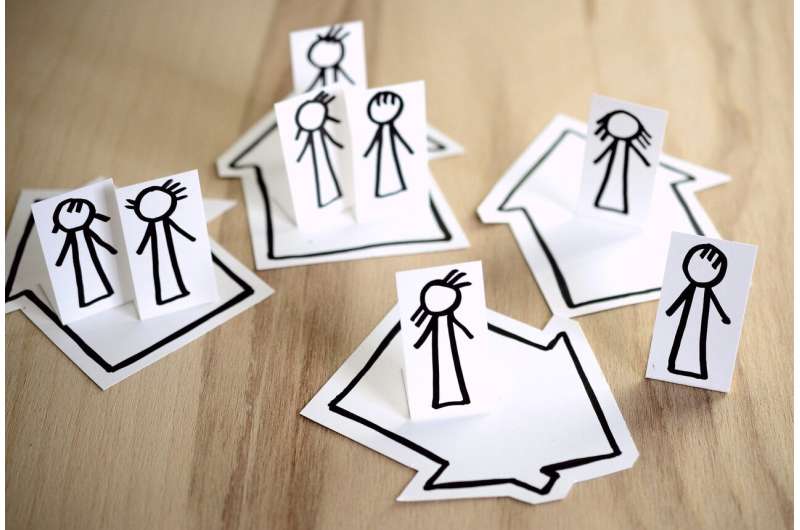'Social distancing' is only the first step toward stopping the COVID-19 pandemic

After days of closed schools and businesses and requests—or orders—to say home, many people caught in the heart of the COVID-19 pandemic are wondering if these efforts will be enough.
The answer depends on how local, regional, and federal governments use this time, says Alessandro Vespignani, director of the Network Science Institute at Northeastern. It also depends on how well people heed the warning to maintain physical distance from others and avoid unnecessary social interactions.
"We need social distancing for a longer time to slow down the disease, and then we need to use that time to increase capacity in the hospitals, to increase capacity in testing," says Vespigani, who is Sternberg Family Distinguished University Professor of physics, computer science, and health sciences. "We will need to do what I would call a wartime effort."
Vespignani has been working with a team of researchers at Northeastern and around the globe to understand how the virus has been spreading and predict how it will continue to spread. One early conclusion: There is not a quick fix (or a quick ending), even if stemming social interactions slows the first wave of the outbreak.
"All the models that have been circulated are saying the same thing: This epidemic is likely to resurge," Vespignani says. "It's not as if we do four weeks of social distancing, and then the story's over. It's not like that."
The United States, where there were more than 50,000 confirmed cases of COVID-19 as of Tuesday afternoon, needs to be ready to head off a resurgence of cases when people begin to resume something resembling their normal lives, Vespignani says. This means having teams in place that are able to trace the contacts of infected persons; having the capacity to isolate people as soon as they show any symptoms; and creating the infrastructure to do tens of thousands of tests every day—-efforts that paid off in countries like China, where the spread of the disease has leveled off, and South Korea, where a major outbreak seems to have been averted.
"That's why lifting bans too early, even in places where you don't see a large number of cases, might be dangerous, because this thing is going to resurge," Vespignani says. "We should start thinking how to repurpose industries and places and build labs to do testing. This is what we have to do. There is no other way."
While the U.S. is currently seeing a surge of confirmed cases, the country has a key advantage in its efforts to combat the virus.
The outbreak in the U.S. is several weeks or more behind the outbreaks in some other places—that means there is already a record of what worked and what didn't in other countries, Vespignani says.
And in places where interactions between individuals are successfully being restricted, it's all about building a system that controls the spread of the virus.
"Otherwise we would shelter in place for the foreseeable future," Vespignani says.
The orders to stay at home given to 70 million Americans are a start, but they won't even begin to affect the number of confirmed cases of COVID-19 for at least two weeks, Vespignani says.
"There is always five days or six days of incubation time, and then you have to go to the hospital, you have to be tested, then you have to confirm that," Vespignani says. "So the cases confirmed today are actually infections of one week or 10 days ago, in some cases."
It will take even longer for those numbers to drop significantly, and for the testing and healthcare infrastructure to be in place to keep the virus at bay.
"I would like to be more optimistic and say, "Oh, yeah, we have done our job now and then we will go back to normal in three weeks,'" Vespignani says. "But unless we build a system to do that, when we go back to normal it's two weeks, and then we are back to square one."





















